
Unleash your golfing potential with our step-by-step guide to achieving the perfect club release and boosting your swing efficiency.
Step 1: Understanding Your Release
In your impact position, it’s vital to see the last three fingers of your lead hand. If they’re hidden, you might not be releasing the club correctly. The goal is squaring the clubface during impact. Improper face closure can cause too much loft, affecting your launch angle. Aim for 16-17 degrees rather than nearly 20.
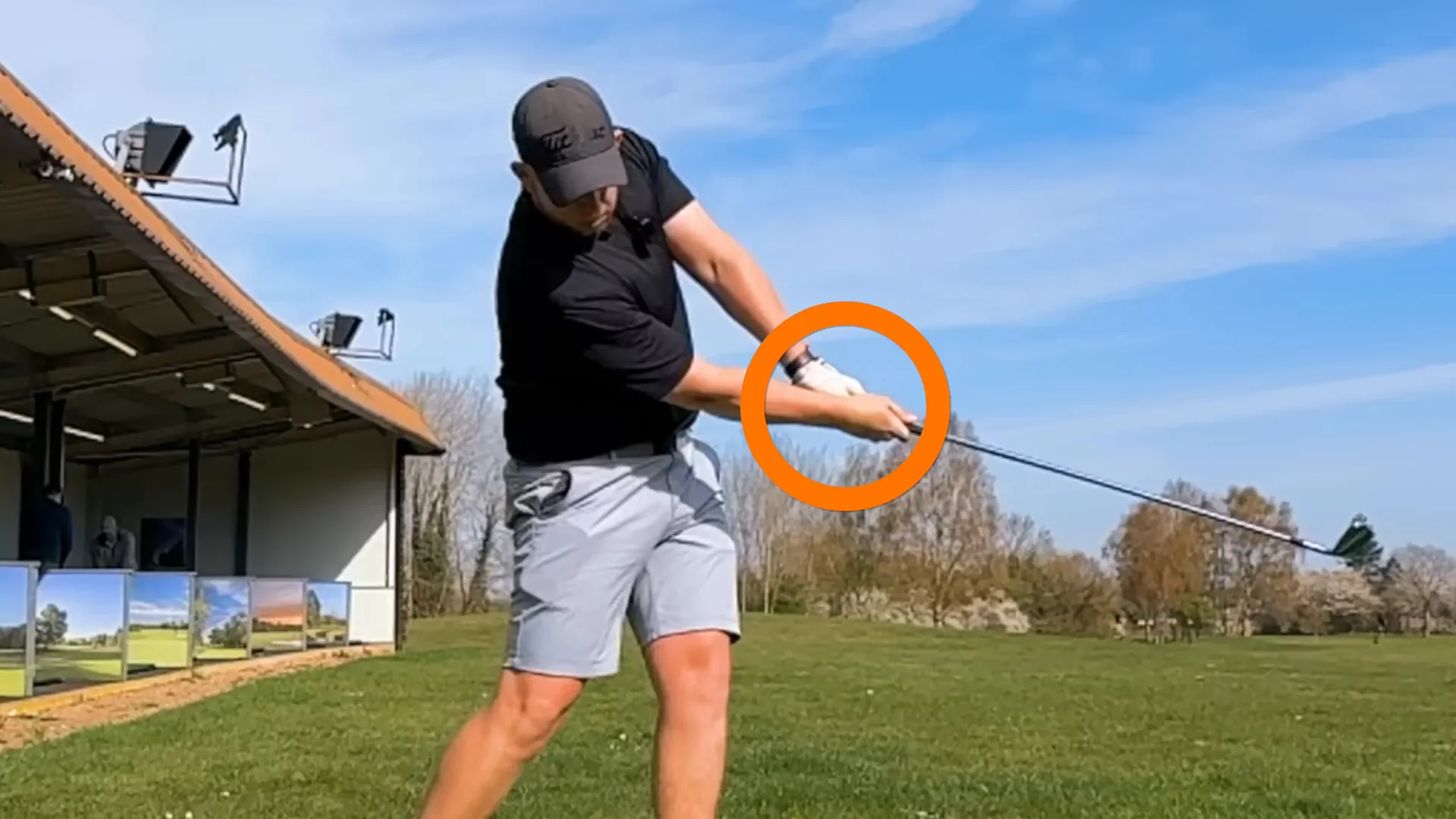
Step 2: Correcting Your Forearm Rotation
Enhance your swing by rotating your forearm more, showing those crucial three fingers. Misunderstanding wrist rolling can hinder a proper release, yet it’s crucial. When gripping the club with your right hand, ensure fingers point towards the ground during the backswing.
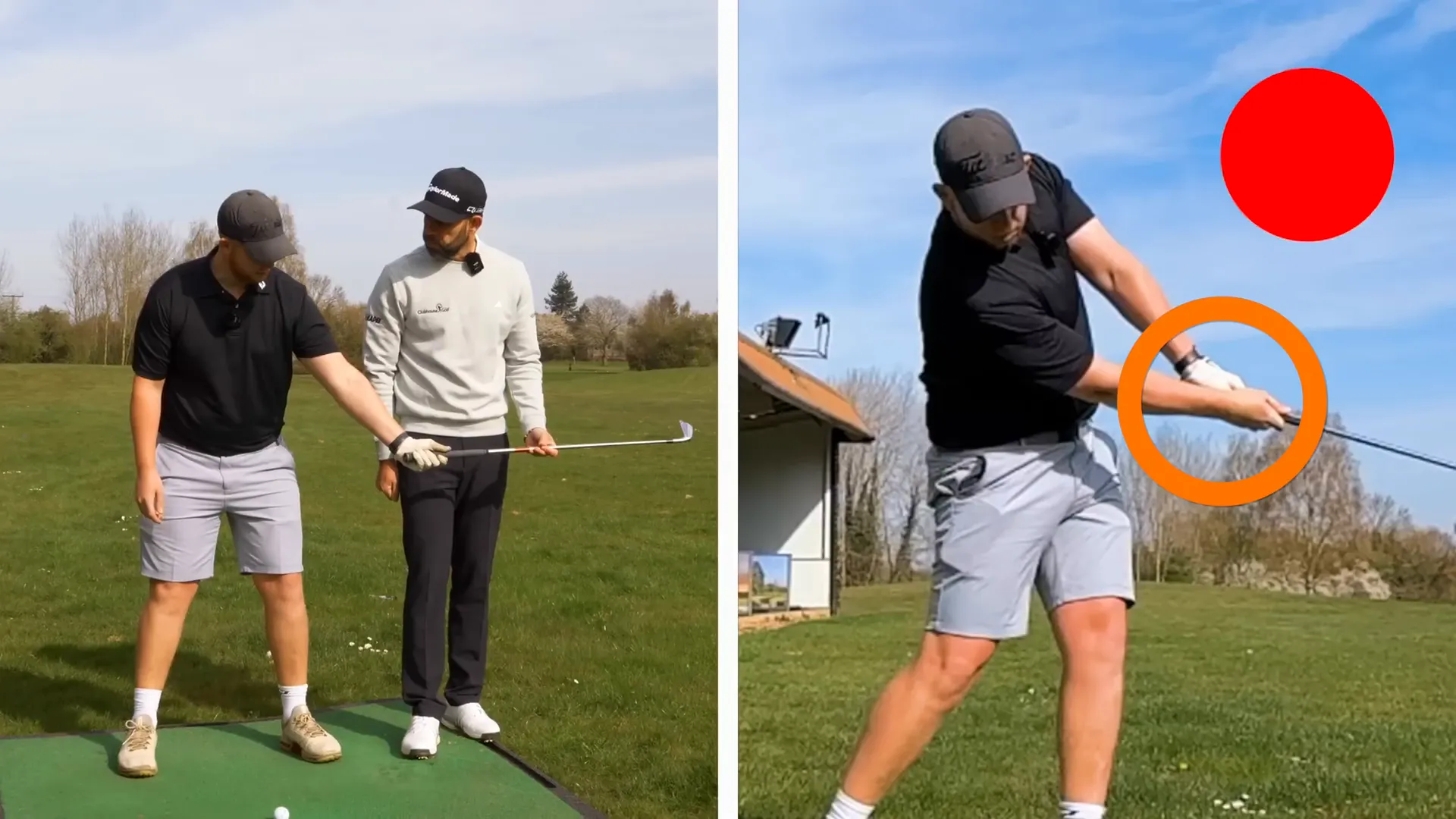
Step 3: Practicing the Twist
Promote proper twisting by performing a slight backswing, leveraging your wrist. Move as if swinging a club, aim for the club to touch the ground while twisting the face over. Avoid surpassing the left forearm, focusing on learning the accurate club twist.
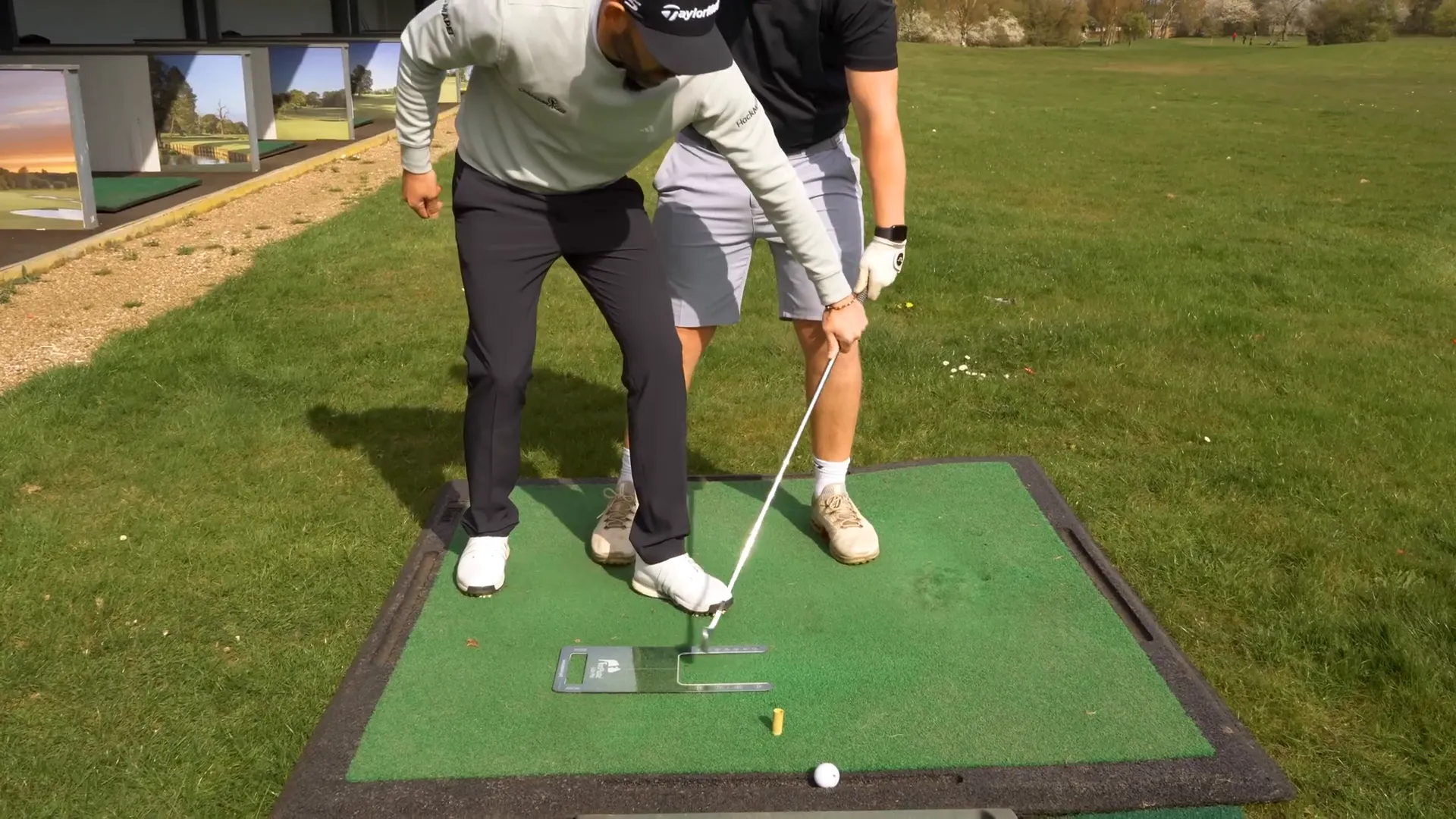
Step 4: Finding Your Checkpoint
Aim to consistently show the three fingers to the camera during practice. A more closed face at this checkpoint signals proper release pathways, helping reduce launch angles and boost ball speed.
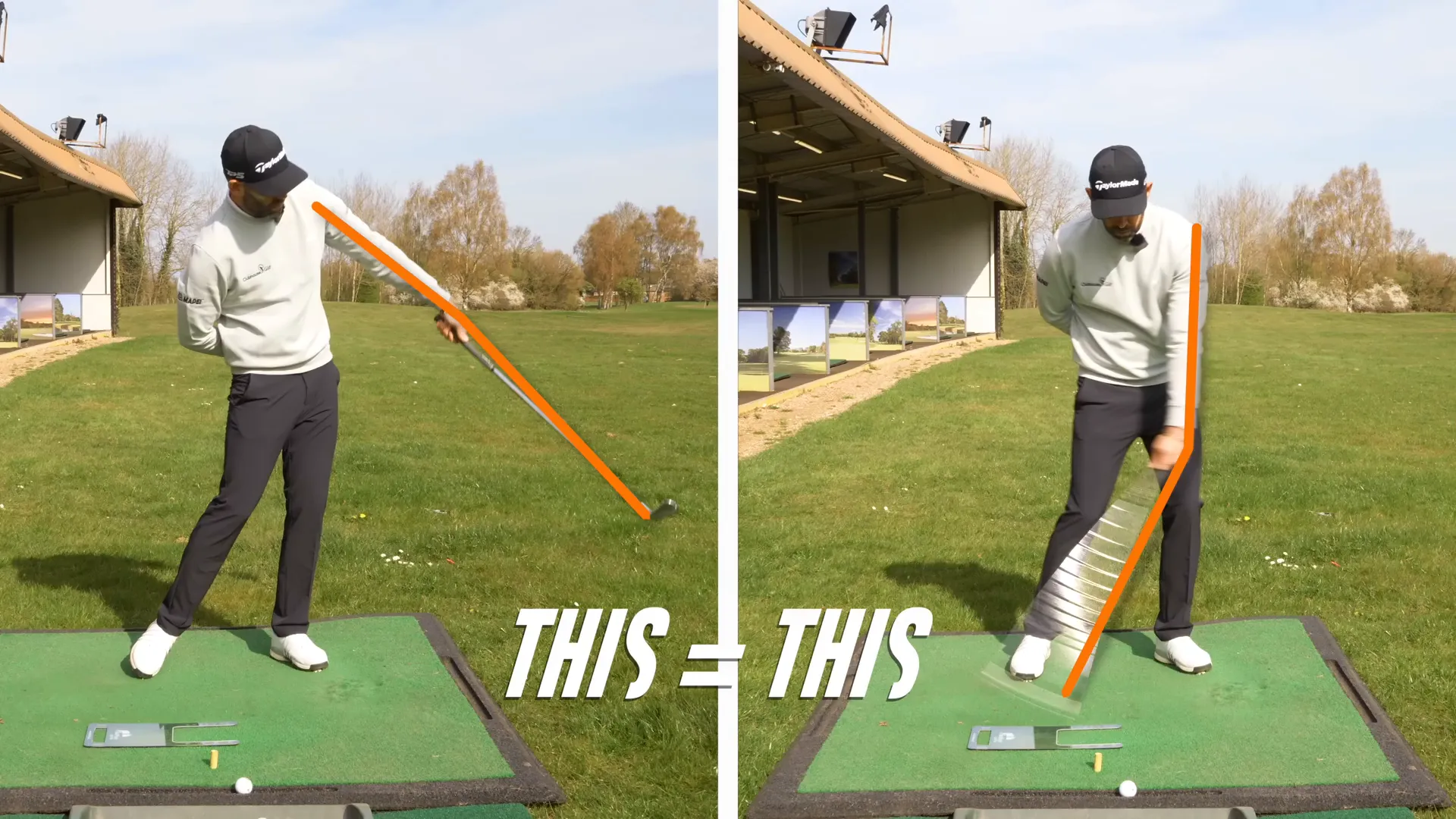
Step 5: Combining Techniques
Integrate learned skills by gripping the club with both hands, holding a forward position while twisting. Freeze momentarily before the strike. Although initially awkward, this structure is essential for swing efficiency.

Step 6: Training for Speed and Efficiency
Maintain your position to enhance speed and efficiency, thereby improving ball striking. Track your smash factor; a higher number indicates greater effectiveness, regardless of distance achieved.
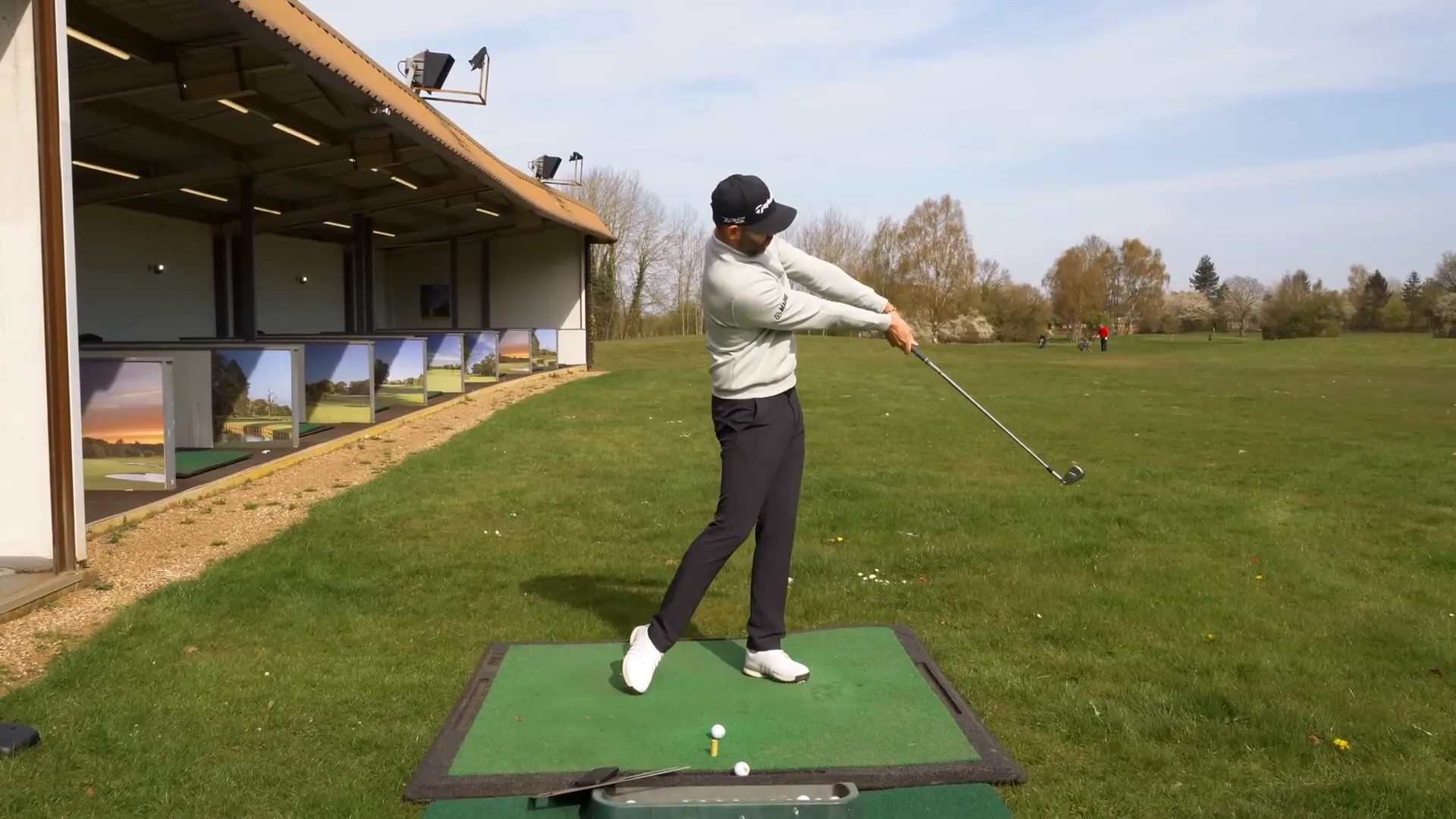
Step 7: Analyzing Your Progress
Improvements such as greater distance or ideal launch angles are positive indicators. For example, consistently hitting 20 yards farther with the same speed shows you’re progressing well.

Final Thoughts
With dedicated practice, the twisting motion becomes second nature. These strategies will not only elevate your distance but also enhance your consistency, helping you achieve performance akin to tour-level golfers. Keep refining your skills to enjoy tangible results!


0 Comments